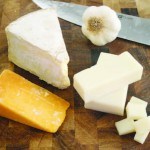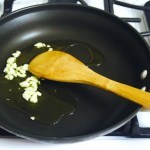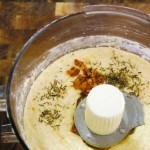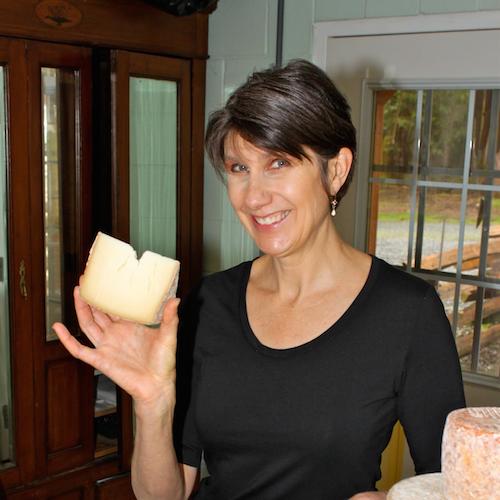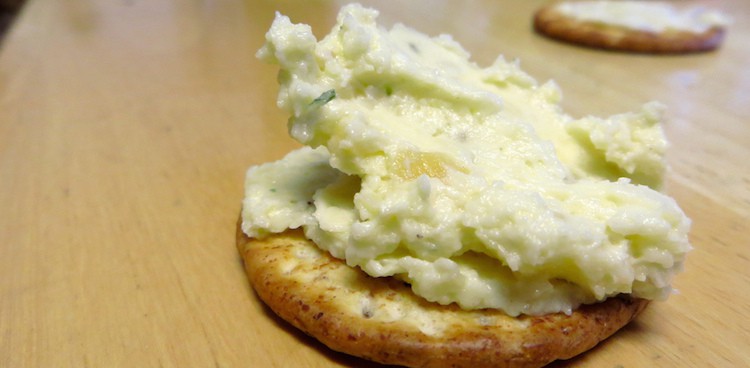
I like to think of fromage fort as the exquisitely French use of leftovers. If you are a lover of artisan cheeses, then you no doubt have a number of fine remnants in your refrigerator, just begging to be resurrected as fromage fort.
But just what is fromage fort (whose name means, literally, “strong cheese”)? It’s a spread made with cheese—and a tasty, versatile one at that.
In its traditional form, fromage fort (and its Spanish cousin, Tupi) is a mixture of random cheese odds and ends, mashed together in a ceramic crock. Whey from cheesemaking, or another liquid, such as milk or broth, is added; the crock is covered with a cloth, and fermentation commences. Recipes vary regarding the length of time by which fromage fort and Tupi are allowed to ferment, but some versions have it bubbling to twice its original size. (One can only estimate the level of pungency achieved by such a feat.) To halt further breakdown of the mixture, a strong, fortified wine, such as brandy or eau-de-vie, is added. That’s probably why Sarah Marcus, of Oregon’s Briar Rose Creamery, describes the Tupi she’s encountered as “strong and boozy—perhaps an acquired taste.”
In France, a taste for traditional fromage fort may indeed be acquired at an early age— it was for chef Jacques Pépin, at least. As a child in France, Pépin would watch his father scrape together “bits of cheese that might otherwise have gone to waste,” he said in an interview with culture (read his interview for more). “Then he put it into a terrine with a bit of white wine, and let it marinate for two weeks until it fermented and softened. Then he would mash it up with garlic and add more white wine.”
Modern recipes for fromage fort involve less waiting time and happenstance. Bits of cheese—any type will do—are pulverized in a food processor with white wine, garlic, and seasonings such as salt, pepper, and herbs. Meant to be used immediately, contemporary fromage fort gets its punch from the types of cheeses and seasonings it contains.
My first experiment with fromage fort used cheese samples left over from my farmers’ market booth. I topped the mixture with red wine (ultimately resulting in fantastic flavor, but less-than-appetizing color). Over several weeks I added more cheeses—all aged, raw-milk goat cheeses—and in traditional fashion left the blend on the countertop to ferment for months. It remained at room temperature and developed a complex flavor and enticing aroma.
As my attempt at fromage fort was, admittedly, bordering on a laboratory experiment, I recommend following a safer, more modern recipe, like the one here, and consuming it promptly. When choosing cheeses, consider including those that are distinctive, yet complementary.
Makes about 2 cups
SUPPLIES:
- 6 – 12 cup food processor
- Large (10 – 12″) chef’s knife
- Medium, non-stick frying pan
INGREDIENTS:
- ½ pound of three (or more) distinctive cheeses, rinds removed
- ¼ to ½ cup white dessert wine or eau-de-vie
- 1 clove garlic, minced
- 1 tablespoon extra-virgin olive oil
- Salt, pepper, and dried or fresh herbs such as thyme or lavender (optional)
Step 1: Chop Cheeses
Coarsely chop cheeses and combine in a food processor. Pulse until finely crumbled. Slowly add wine until mixture is smooth and spreadable. Fromage fort will thicken as it chills, so the mixture should be thin initially.
Step 2: Cook Aromatics
In a frying pan over medium heat, warm olive oil and add garlic. Cook until garlic is golden and tender, but not crisp.
Step 3: Blend
Add garlic and oil to cheese and wine mixture. Pulse until smooth. Season as desired with salt, pepper, and herbs. For mellow flavor, refrigerate mixture overnight. Depending upon cheeses used (and their ages and expiration dates), fromage fort will keep refrigerated for one to four weeks.
Step 4: Serve
To serve, slather fromage fort on toasted, sliced French bread or crackers. The spread makes a particularly excellent accompaniment for sweet dried fruits such as figs, apricots, and dates.
- Step 1
- Step 2
- Step 3
- Step 4


